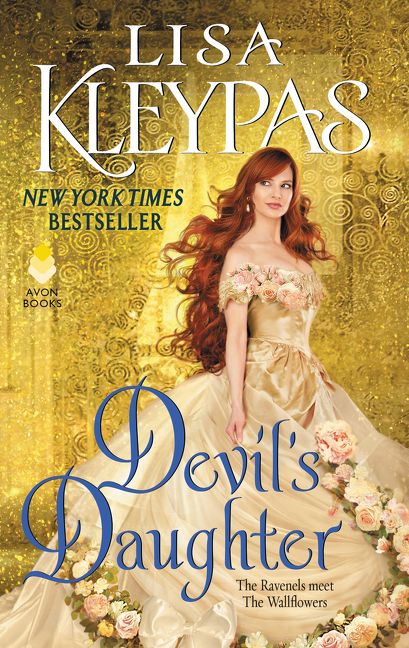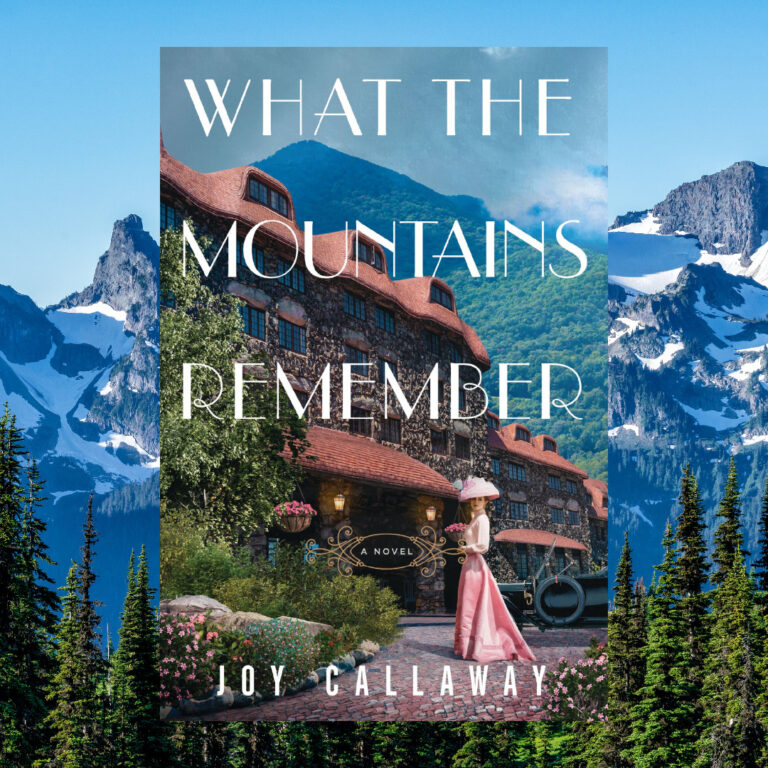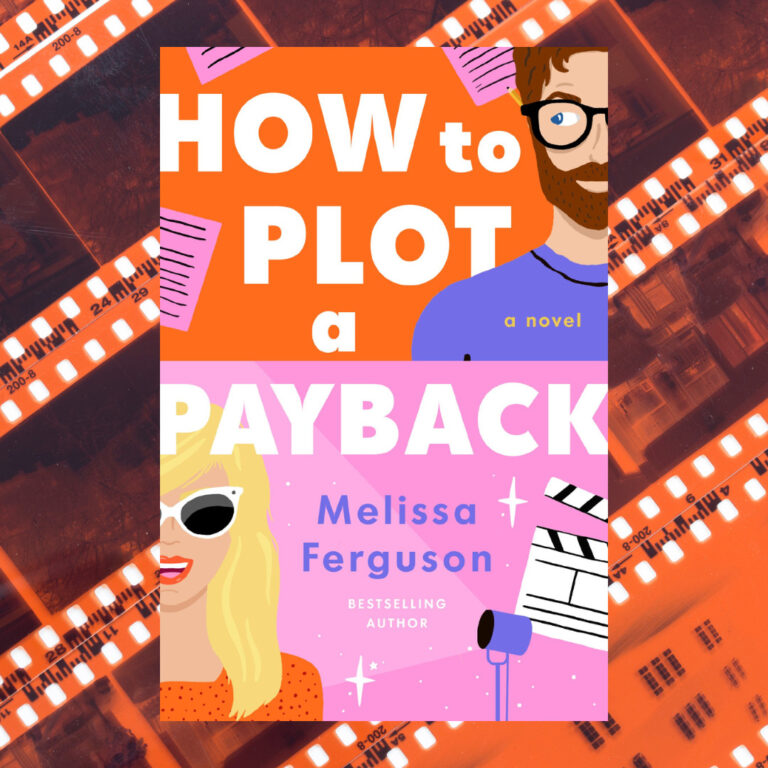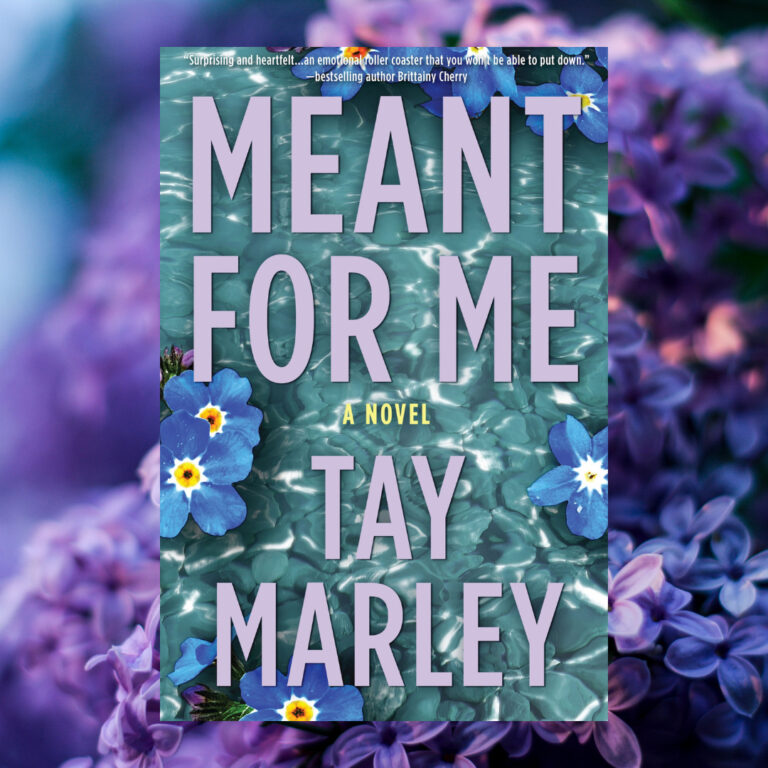It was my distinct pleasure to have a talk with the wonderful Lisa Kleypas. Her book Devil’s Daughter releases today and tells the story of Phoebe, the Duke of Kingston’s daughter, and West Ravenel.
Keira Soleore: Lisa, welcome to Frolic. It’s a pleasure to sit down for a chat with you.
Lisa Kleypas: Keira, I’m so happy to be here, thanks for inviting me!
Keira: Sebastian from Devil in Winter, now the Duke of Kingston, is one of my favorite heroes, and I am always delighted to see a story in his world. Devil’s Daughter is the story of Sebastian’s oldest daughter. Did you find it difficult to create a hero in West Ravenel, who would be a strong man in his own right, given the powerful presence of Sebastian in the book?
Lisa: I was seriously concerned about that, because Sebastian has always been a scene-stealer, and by now he has acquired a presence. And then there’s West, a second son with no title, no fortune, and a past full of emotional baggage. But I reflected that over the past four Ravenel books, West had become a strong character in his own right, and I had to trust him to hold his own. My best heroes are the ones I’ve fallen a little bit in love with while writing the book, and I definitely did with West.
He has his own gifts — he’s incredibly smart and forward-thinking, at a time when many of the landowning aristocrats were on the decline because they refused to change along with the times. I also love his dry sense of humor. But I think what makes West really special is his compassion for others. It’s not that he’s a saint — far from it. But he doesn’t judge people, because he’s so aware of his own flaws. He tries to see them for who they are, and he treats everyone, even his so-called inferiors, with respect and empathy — and what could be more heroic than that?
Keira: I especially enjoyed how Phoebe’s first marriage, while different from her relationship with West, is nevertheless important to her and she never regrets it or thinks badly of her first husband. In far too many books, the first husband is sacrificed in order to make the second hero more heroic and the second love relationship the significant one. So how did you balance the differences between the two relationships and yet have them be equally meaningful to Phoebe?
Lisa: I’m so glad you liked that! I felt strongly about doing it that way. Even though I love the idea of soul mates, I think it’s just as romantic to recognize how infinite and varied our capacity for love is. Loving someone deeply and fully the second time around doesn’t take anything away from the first love. I think sometimes we tend to think of love in terms of limited amounts, like a pond, when love is really a river.
For Phoebe, the close companionship and unconditional love Henry gave her was just right for that time in her life. Whenever I imagined the years of their marriage, it all seemed warm and hazy and nostalgic, like the continuation of a wonderful childhood. But by the time Devil’s Daughter begins, Phoebe is a widow with two children, burdened with a lot of unpleasant reality she’s never had to deal with before. It’s up to her to save her son’s inheritance, and she knows practically nothing about estate management and farming.
West, more than anyone else, understands what she’s facing, and how overwhelming it is, because he recently went through it himself when he had to save his brother’s estate. He’s smart and reassuring, and he regards her as a capable woman, not someone who needs to be rescued. Phoebe finds it enormously attractive, the way he offers help and advice without looking down on her. The fact that he’s so articulate and great at conversation is another powerful lure. And when they talk honestly about West’s past as a boarding school bully, and Phoebe sees his genuine shame and remorse over how he treated Henry, she appreciates the hard-won grace of his character and how much he’s changed.
There’s also a sexual interest and awareness between them that intrigues Phoebe. She and Henry both started out as virgins, and sadly they didn’t have enough time to become more sexually adventurous together. So Phoebe is attracted by West’s experience and playfulness, and who could blame her for that?
Keira: How did the idea to bring the Ravenels and Wallflowers together in Devil in Spring and Devil’s Daughter come about?
Lisa: It started when I was trying to create a hero for Pandora while plotting Devil In Spring. I knew I was going to start the book with a scandal that would force her to marry someone. She was eccentric and socially awkward, so her biggest nightmare would be a handsome, polished, socially powerful aristocrat — the ultimate insider. Then it occurred to me that Evie and Sebastian would have a son who would be about the right age. (I confess, I played a bit fast and loose with continuity, but it was close enough.) And I loved the idea of catching up with Evie and Sebastian and seeing how their life was going at this point.
I was initially nervous about whether or not I would be able to get back into the right groove after all these years, so I tried writing a few pages that became the prologue (where Evie is bathing her infant grandson and Sebastian pretends he’s making a pass at the “new nanny”). It was so much fun to write that that I knew everything would be okay.
Before I even finished Devil in Spring, I knew I had to pair Phoebe with West, even though they don’t meet in that book. The idea of matching those two personalities just seemed fun and intriguing, and given their respective situations, it made perfect sense that they’d be great for each other.
Keira: Trust, where the protagonists have to trust themselves and their instincts and trust each other, plays an important role in your books. The other theme I have noticed is loyalty — loyalty between the protagonists, their friends, and their families. Did you choose to write these universal themes in your stories or have these themes arisen organically in your writing? Do you draw these from your personal life?
Lisa: Trust and loyalty are definitely themes I keep returning to, and it’s an organic choice.
My characters start out in some unsafe place, either literally or emotionally or both, and only through risking the vulnerability and possible pain of love can they finally reach fulfillment and happiness. But taking that risk means you have to trust someone, knowing that sometimes you’re going to make the wrong call. And when you lower your defenses enough to let someone be close to you, they can hurt you badly. They can absolutely wound your soul. But the alternative — never taking that chance — is worse. So love is dangerous territory for my characters — they both fear and long for it. But there’s always a moment of relief and revelation when they realize they’ve found the person with whom love is a safe place.
The concept of loyalty is especially important to me because I tend to create so many “found families.” It’s important to cherish and love your biological relations whenever possible, but unfortunately, there’s no guarantee that someone will love, accept and be loyal to you just because they’re from the same family tree. A true family is a group of people who share connections of the heart, not necessarily blood. They have your back. They let you do you.
Keira: Jayne Ann Krentz says that she has a core story that you find showing up again and again in her work. Do you have a core story to tell as well or does the core story vary per series or per book?
Lisa: Oh, I absolutely have one core story! It’s about misfits or outsiders trying to fit in, to belong somewhere. It’s why I so often write about non-aristocratic heroes — the man who comes from the wrong side of the tracks, who’s working and struggling to push open the doors that are closed to him. Similarly, most of my heroines feel out of place — being awkward or out of step or disadvantaged in some way. The happy ending is never that these misfit characters have miraculously become conventional, it’s that they’re finally loved and appreciated for who they are.
Keira: Is it too early to enquire into what is next in store for us readers? Will you be continuing on with Phoebe’s sister, Seraphina’s story next or is it to be Pandora’s sister, Cassandra’s story or is it going to be a whole new series?
Lisa: One last Ravenel novel! I’m pairing Cassandra with Tom Severin, the railway magnate. It’s a marriage of convenience plot — my favorite — in which a heroine, who has always longed for a cozy, happy home with a loving husband and children, ends up marrying an obscenely wealthy man who regards her as a trophy. Severin is fascinated by Cassandra and is drawn to her beauty, grace and kindness, but he has no intention of falling in love with her. He’s a tricky, treacherous, hyper-intelligent antihero who discovers his wife has a core of inner strength he never expected.
Keira: Like many of your readers, I am a fan of your Travis series. Do you think, you will venture back into contemporary romances in the near future?
Lisa: Aw, thank you! Definitely someday, but I’m having too much fun with historicals to change course in the near future. When I do write my next contemporary, I want to make sure I have a concept and a plot I can get really excited about.
Keira: To veer in a different direction: How do you organize your writing day? Do you write every day? Do you have specific rituals to get you in the right frame of mind?
Lisa: I like to get up really early when the house is still quiet, have my coffee and read a little news, and then go to my office. (We built a cute shed in the back yard where there won’t be distractions like the phone or doorbell ringing). Writing at the same time and same place every day helps me to get into “book mode.”
I usually start by revising what I wrote the previous day, and then I start writing new material. It takes effort and uninterrupted time until I finally hit a zone in which the words start flowing more easily. Some days the work never flows, which is aggravating. Other days feel magical and effortless, and I wonder, “Why can’t it always be like this?”
I love the unexpected details that sometimes pop up in a scene and turn out to be significant later, such as Helen’s orchids in the Ravenel series, or Sara’s spectacles in Dreaming of You. These things come from the subconscious, and they’re one of the delightful mysterious of writing.
I try to take breaks for coffee, water and a snack every two or three hours. My two little teddy-bear-mix dogs, Dash and Daisy, insist on going for a couple of walks each day, which keeps me moving. Otherwise, I’d never leave the chair. I’m naturally a complete slug. I try to produce 1000 good words a day. One of my worst faults as a writer is perfectionism, which makes me want to rewrite the same few pages instead of moving forward.
Keira: Over the years, I have met you at a couple of reader events and at the Romance Writers’ of America conferences, and I have greatly enjoyed every occasion. Do you do as many public events these days as before? What do you have coming up next?
Lisa: I’ve enjoyed our meetings too! Unfortunately I haven’t been able to travel as much in the past couple of years — sometimes it’s a struggle to balance family and career stuff — but I do have a couple of events that Avon is working on for the spring and fall. I’m not sure of the specifics yet but I’ll let you know when I find out.
Keira: Lisa, thank you so much for making time for our chat. I have enjoyed it very much, as I am sure will Frolic‘s readers.
Lisa: As always, I’ve enjoyed it immensely — thank you, my friend!
Devil’s Daughter by Lisa Kleypas out now!
Although beautiful young widow Phoebe, Lady Clare, has never met West Ravenel, she knows one thing for certain: he’s a mean, rotten bully. Back in boarding school, he made her late husband’s life a misery, and she’ll never forgive him for it. But when Phoebe attends a family wedding, she encounters a dashing and impossibly charming stranger who sends a fire-and-ice jolt of attraction through her. And then he introduces himself…as none other than West Ravenel.
West is a man with a tarnished past. No apologies, no excuses. However, from the moment he meets Phoebe, West is consumed by irresistible desire…not to mention the bitter awareness that a woman like her is far out of his reach. What West doesn’t bargain on is that Phoebe is no straitlaced aristocratic lady. She’s the daughter of a strong-willed wallflower who long ago eloped with Sebastian, Lord St. Vincent—the most devilishly wicked rake in England.
Before long, Phoebe sets out to seduce the man who has awakened her fiery nature and shown her unimaginable pleasure. Will their overwhelming passion be enough to overcome the obstacles of the past?
Only the devil’s daughter knows…













